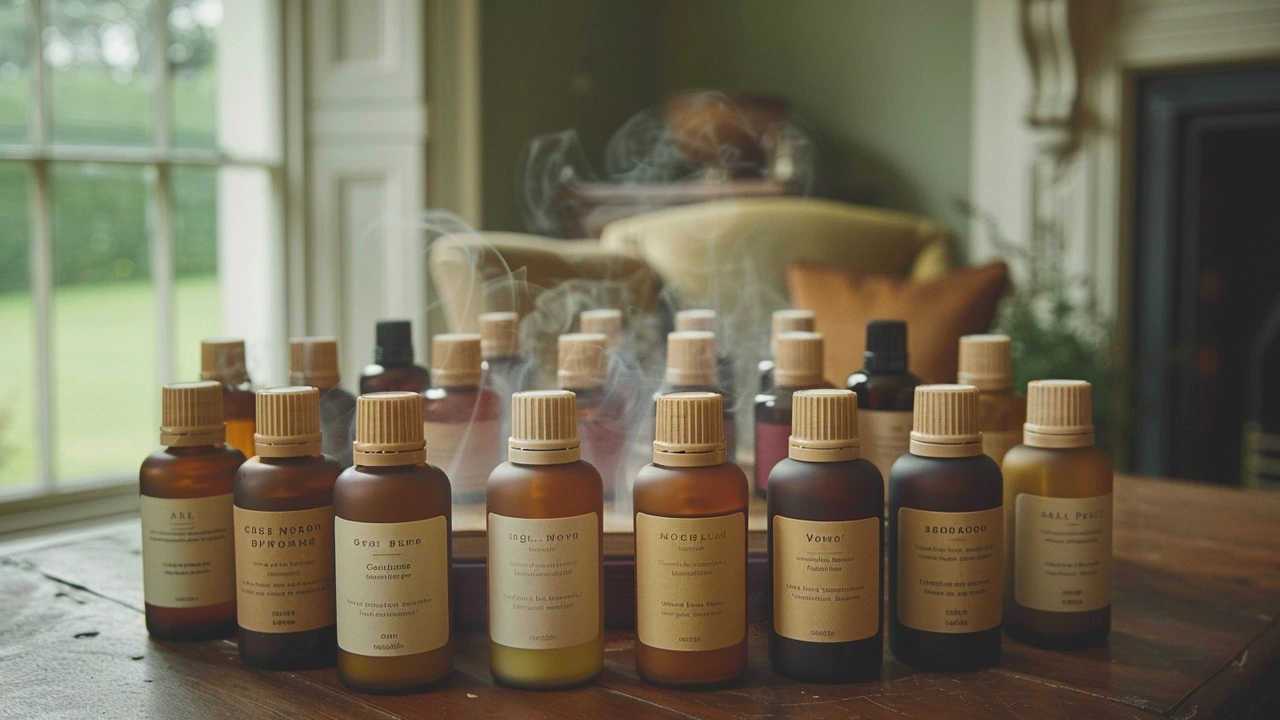The Ancient Art and Modern Science of Aromatherapy
Aromatherapy, an ancient practice hailing back thousands of years, has found its place in modern wellness regimens worldwide. Leveraging the potent properties of essential oils extracted from plants, aromatherapy seeks to promote balance and healing in both the mind and body. Despite its historical roots, recent scientific studies substantiate the therapeutic claims associated with this practice. From alleviating stress and improving sleep to enhancing cognitive function and mood, the evidence supporting aromatherapy’s benefits is growing.
According to a study published in the Journal of Alternative and Complementary Medicine, patients exposed to lavender oil experienced a significant reduction in anxiety and improved mood.The beauty of aromatherapy lies in its versatility and personalisation; there’s an essential oil for almost every ailment or need.
Essential Oils: Choosing the Right Ones for You
The first step in embarking on an aromatherapy journey is selecting the right essential oils. With hundreds available, this can seem daunting. However, focusing on your specific needs can help narrow the choices. Lavender, for instance, is renowned for its calming properties, making it ideal for stress relief and sleep improvement. On the other hand, peppermint can invigorate the senses and enhance focus. Quality is paramount when choosing essential oils; pure, therapeutic-grade oils ensure safety and efficacy. Understanding the source and processing methods of oils is integral to reaping their full benefits.
Blending Essential Oils for Personalized Healing
Once familiar with the individual properties of essential oils, you can begin experimenting with blending them to create personalized aromatherapy experiences. Combining oils not only enhances their therapeutic effects but also allows for the creation of unique scents tailored to your preferences. For beginners, adhering to the 'less is more' principle is advisable when blending; start with small amounts to avoid overwhelming aromas. Equally important is understanding the concept of top, middle, and base notes in aromatherapy, which ensures a balanced and harmonious blend.
"The synergy created by blending essential oils can lead to more potent therapeutic effects," notes Dr. Jane Buckle, founder of the Aromatherapy in Healthcare program.Experimentation and patience are key; finding the perfect blend is a personal journey.
Incorporating Aromatherapy into Your Daily Life
Implementing aromatherapy into daily routines can significantly enhance well-being. Simple methods include diffusing essential oils in living spaces, applying diluted oils to the skin, or enjoying aromatic baths. Safety should always be a priority; certain oils can be phototoxic or cause skin irritation if not properly diluted. Moreover, aromatherapy can extend beyond personal use to create a soothing home environment or as a natural remedy for common ailments. As interest in holistic health grows, more people are discovering aromatherapy as an accessible and effective tool for enhancing their quality of life.







